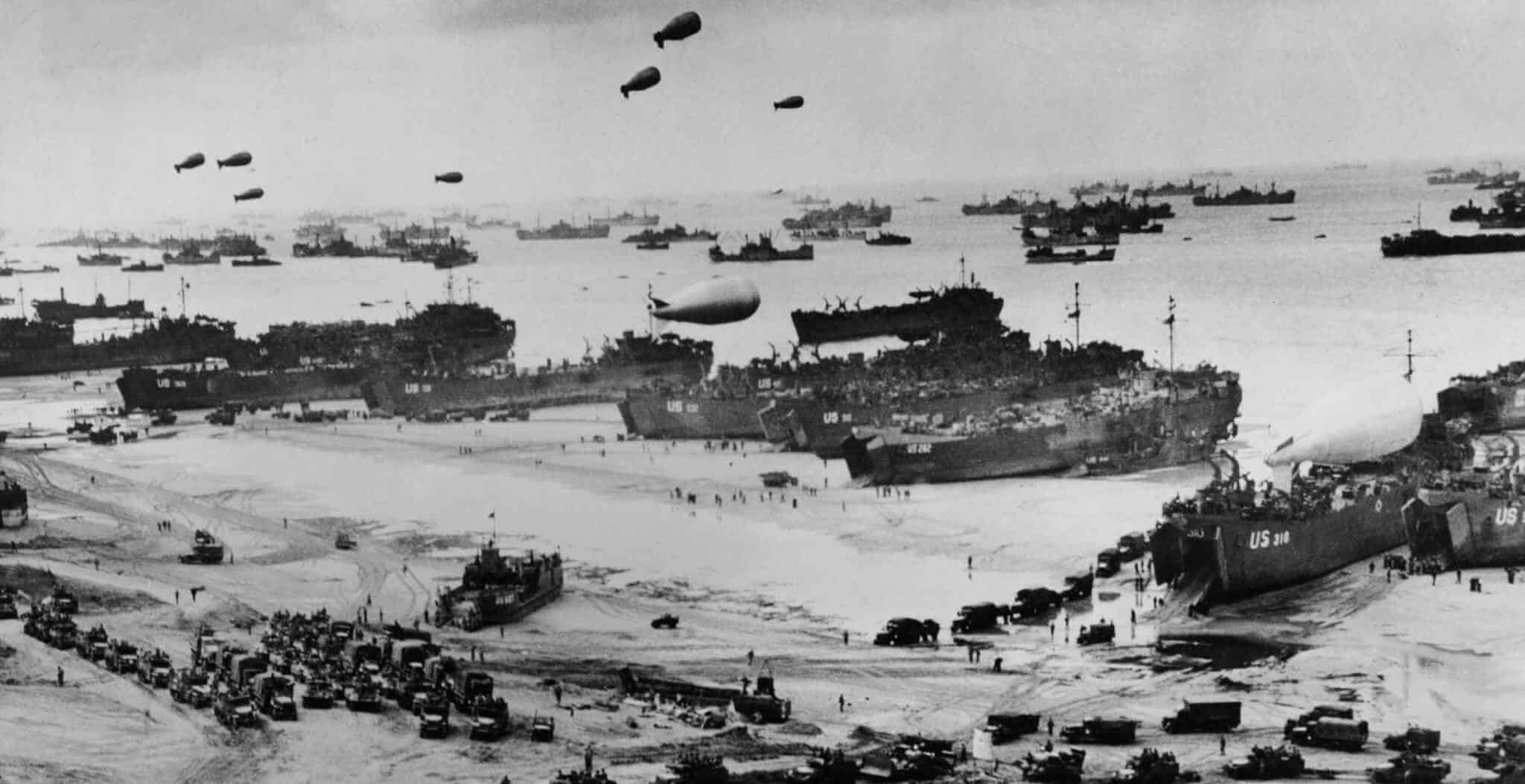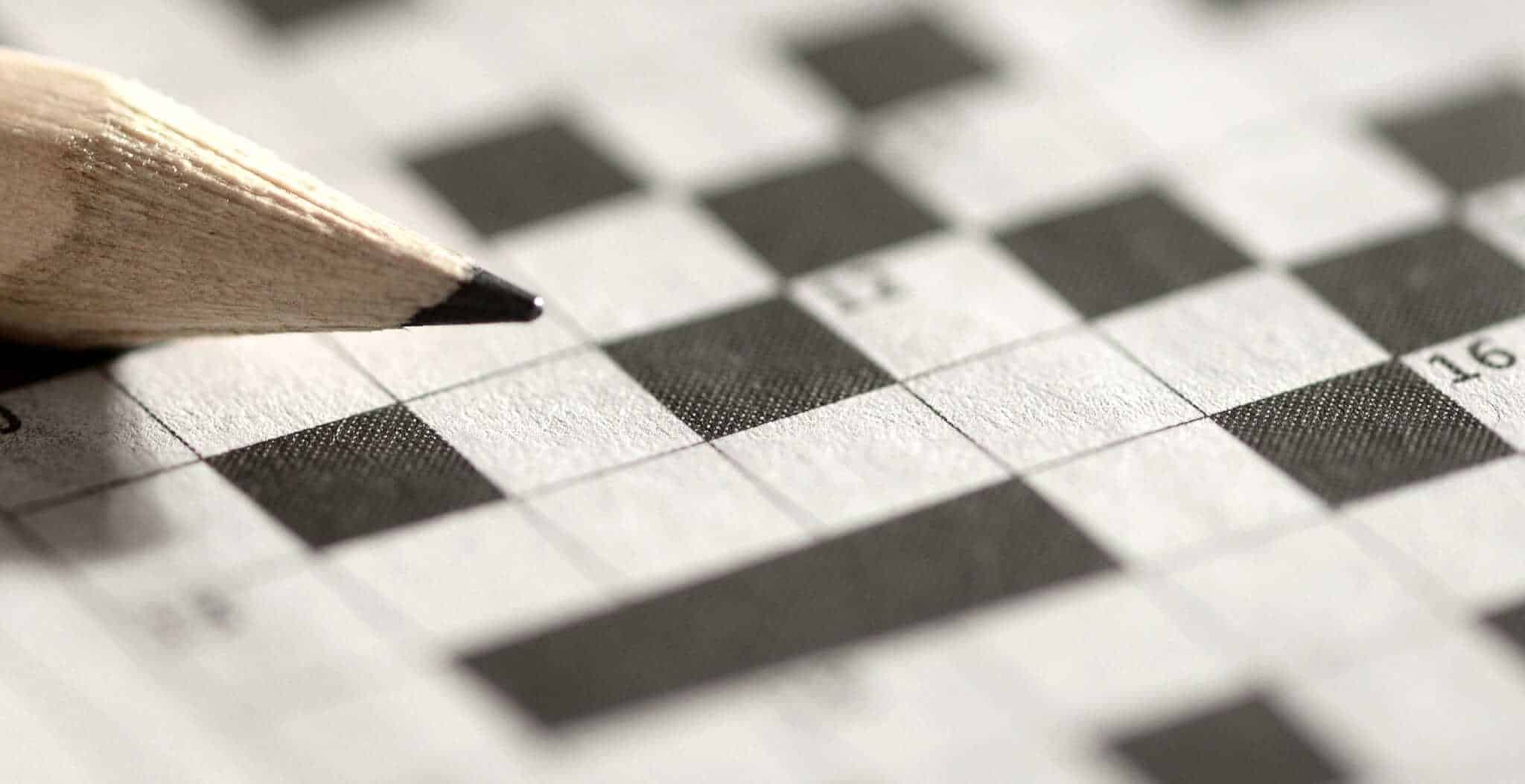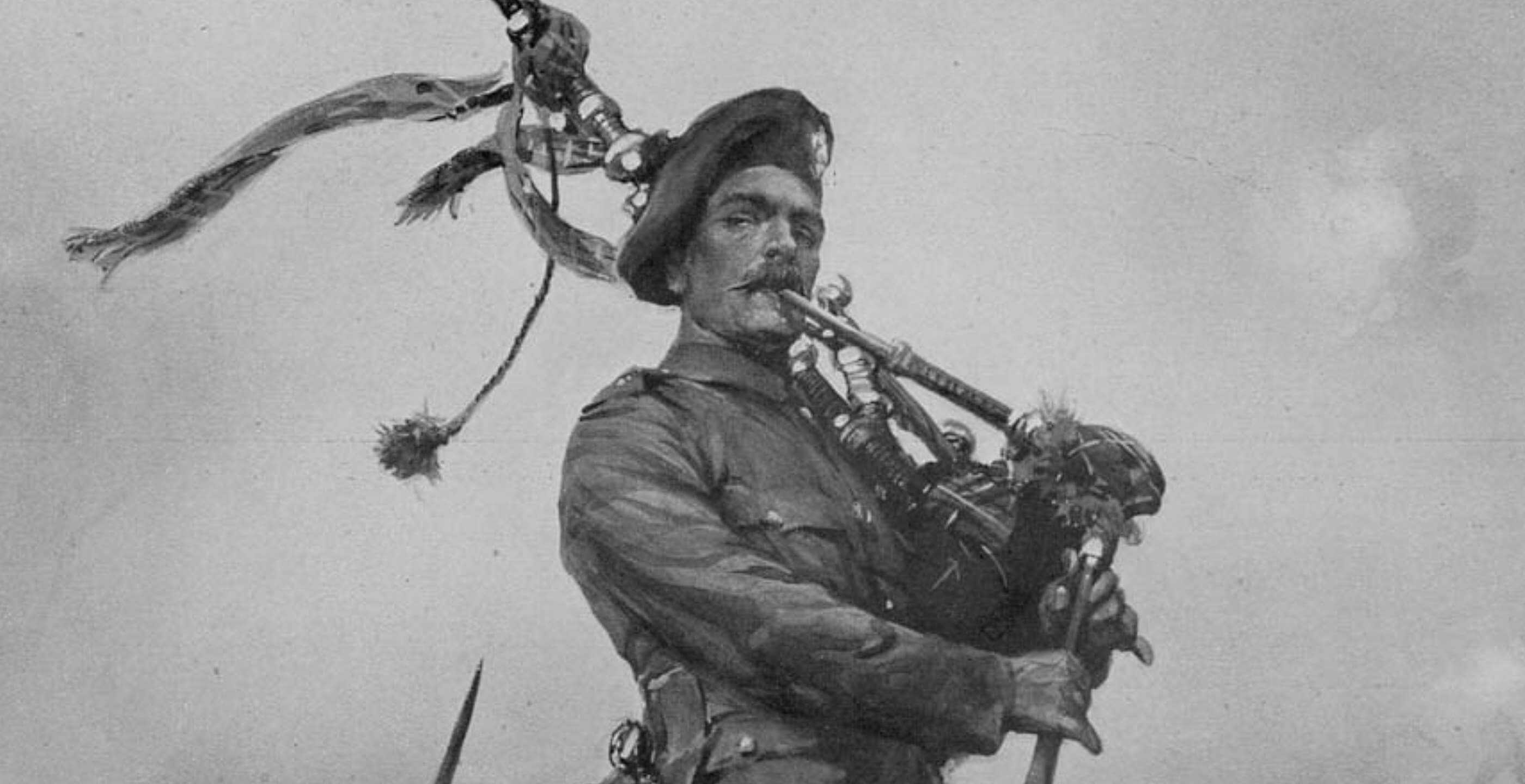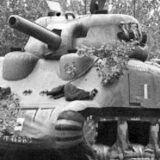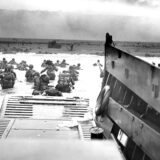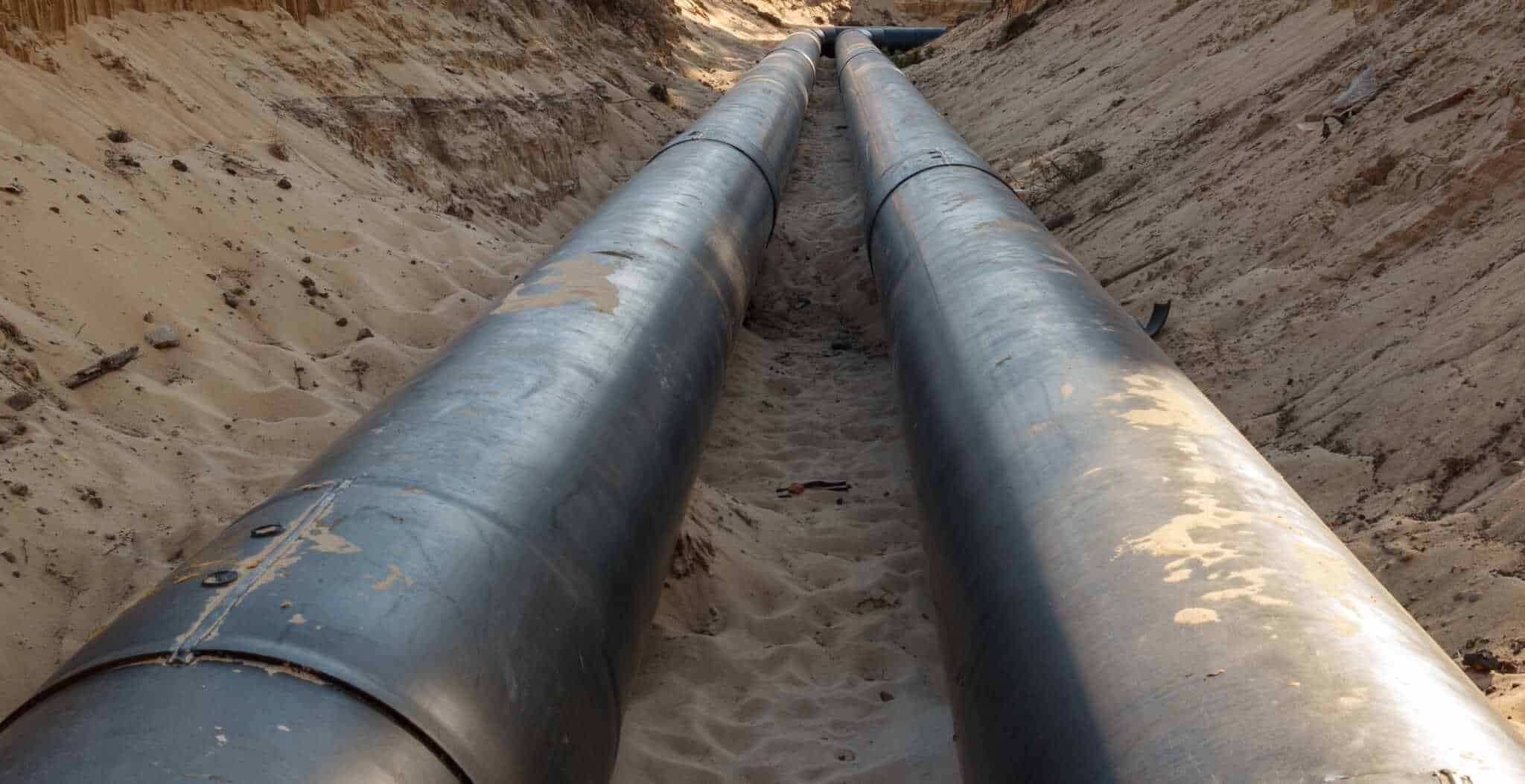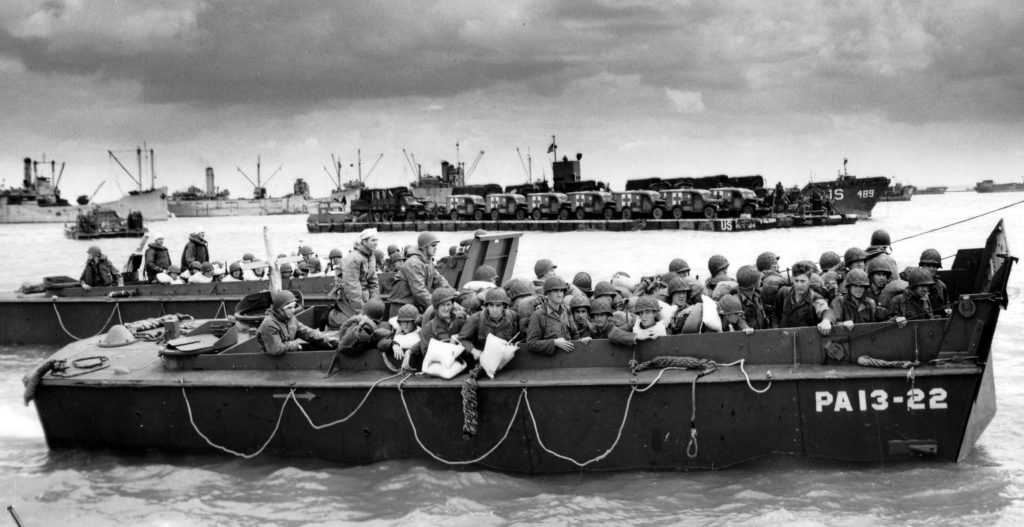A crucial component to the success of the D-Day landings was the airborne bombing assault targeting German military infrastructure in the months leading up to D-Day.
The main objective was to reduce, weaken and destroy the German air presence, thus preventing the Luftwaffe from making a significant contribution during the invasion of Western Europe.
The idea for Operation Pointblank came together a year before, developed by the United States and Britain who discussed a variety of issues relating to planning, strategy and military engagement, hosted at numerous conferences held throughout the year.
Frederick Morgan was appointed Chief of Staff to the Supreme Allied Commander (COSSAC) in the spring of 1943, even though there was not yet an approved plan for an invasion of Western Europe.
The debate centred on the issue of what was going to be the best and most effective strategy against Nazi Germany. Thus the principal goal was to create a workable plan, which had all its inter-locking components taking effect at just the right moment.
COSSAC identified Germany’s burgeoning air strength capabilities as one of the most important hurdles to overcome if the Allies were to stand a chance of launching a successful amphibious landing. Therefore concluding that the success of the invasion of Normandy would be predicated on reducing Germany’s air force before the attack was launched.
This became the genesis of Operation Pointblank which focused on destroying the Luftwaffe’s capabilities, whilst also taking into account other objectives such as the bombing offensive which had been previously agreed at the Casablanca conference. The bombing campaign would serve the purpose of weakening Germany’s economic and infrastructure backbone, thus lowering the enemy’s morale.
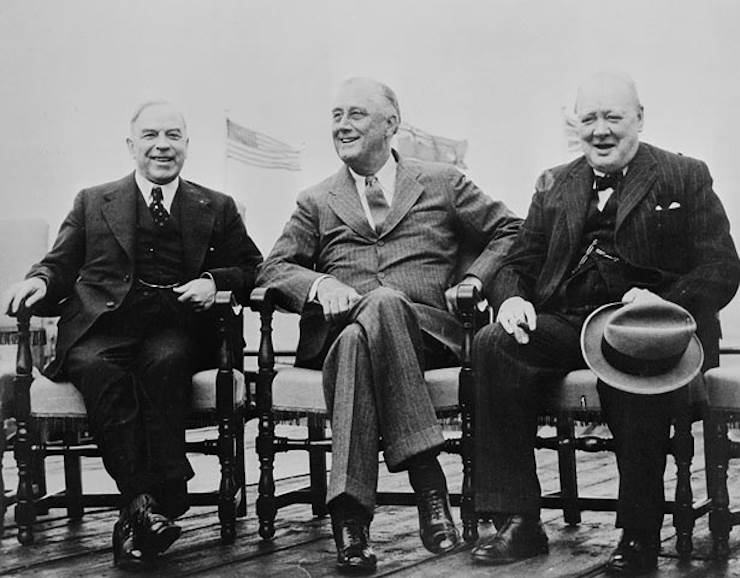
In August 1943, Churchill and Roosevelt met at the Quebec Conference, where the order for Operation Pointblank was confirmed.
It had become a recognised fact in the last few months of the war that fighter-bombers proved a valuable contribution to the theatre of war. Moreover, Nazi Germany’s fighter force had continued to grow in size and strength and thus had to be counteracted.
The Allied Expeditionary Air Force (AEAF) was therefore set up, however the issue of integrating RAF Bomber Command and US Army Air Forces into the stratagem was a little more difficult. There were many senior individuals involved within the overall chain of command: this would prove challenging when Operation Overlord (D-Day) required a three-pronged attack involving land, sea and air.
General Eisenhower became Commander-in-Chief and the Supreme Commander of Allied Forces in Europe. This was a difficult role that required the ability to sync all the moving parts of the invasion plan to make sure it was executed with precision, timing and strategy.
The Allies next task was to identify targets for Operation Pointblank, to be completed with maximum impact and efficiency. These included the Luftwaffe in the west as well as the rail network used to transport Nazi reinforcements.
It was also later agreed that on D-Day, by the time the army reached the shoreline, bombers could be called on for strategic targeting to assist with the battlefield’s objectives. This caused some conflict, particularly with Air Chief Marshal Sir Arthur Harris who was in charge of RAF Bomber Command. He had his own ideas about strategy and where the bombers should be targeting, such as German cities.
With the Pointblank directive issued by the Allied leaders at the beginning of 1943, the instruction was a co-ordinated effort between RAF and USAAF bomber forces in an air campaign designed to target the Luftwaffe and its manufacturing locations.
The Americans got underway with executing Operation Pointblank and by February 1944 began to see results, as the Luftwaffe were forced to withdraw from France in order to defend their German airspace. USAFF also attacked assembly plants in Germany with varying effect.
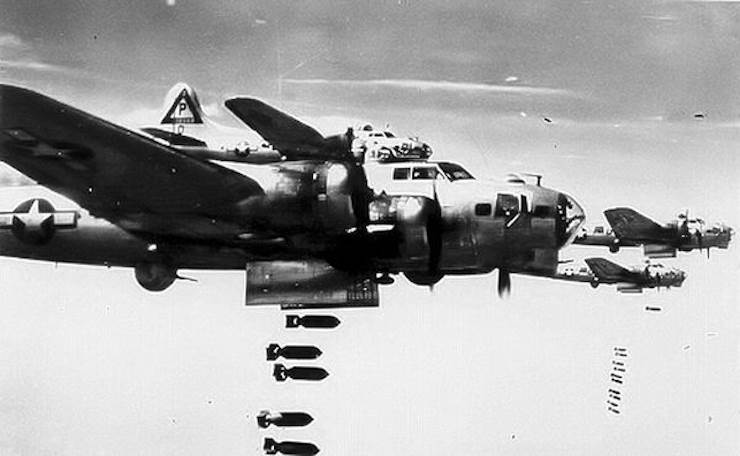
Operation Pointblank got to work attacking the German aircraft industry, continuously bombarding the Luftwaffe, resulting in enormous losses estimated to be around 5,000 enemy aircraft destroyed between November 1943 and D-Day in June 1944.
Lieutenant-General Carl Spaatz, head of American strategic bomber forces, wanted to maintain the pressure as well as cripple Germany’s fuel supplies. Meanwhile, Harris continued with his night attacks, particularly on Berlin, however they did not yield the desired results and casualties for the Allies were high.
With diverging opinions in both camps, as well as a resistance from both Spaatz and Harris to follow the leadership of Leigh-Mallory who was inexperienced with bombing operations, dissent almost looked to threaten the success of the airborne operations.
Nevertheless, tensions were calmed and the importance of Operation Overlord proved too valuable to allow these differences in strategy to persist. With General Eisenhower in place as commander-in-chief, his right-hand man, Air Chief Marshal Sir Arthur Tedder also proved crucial as he had a wealth of experience and was highly valued by Harris for his command.

On 17th April 1944, the Allied Supreme Headquarters issued a directive for the destruction of the Luftwaffe’s air capabilities, as well as the disruption of railway infrastructure which would delay the Germans from reaching Normandy. Fortunately, American efforts had already gone a long way in securing these objectives as the Luftwaffe’s strength was greatly diminished by the American attacks.
Meanwhile, Harris was carrying out targeted attacks on railways which were yielding better results than he anticipated. So much so, that concerns about civilian casualties were allayed and the Americans joined in with the railway targets, including some 72 depot centres and repair facilities across France, Belgium and Germany.
Whilst the RAF lost 198 bombers, civilian casualties were also higher than expected, particularly in Lille and Ghent.The only consolation was that the main objective of railway destruction was achieved, destroying all but around 10,000 railway locomotives out of 70,000.
The Germans relied heavily on rail transportation for their reinforcements and were severely hampered by this development. Meanwhile, attacks on other strategic infrastructure locations also took place, including on aircraft factories and airfields such as in Toulouse. Other targets included military depots, assisting in hindering the German supply lines at every possible stage, whilst complex minelaying operations were also carried out by bomber command in the lead up to D-Day.The desired effect was achieved as the German Luftwaffe, which had posed such an enormous threat previously, was now severely hampered.
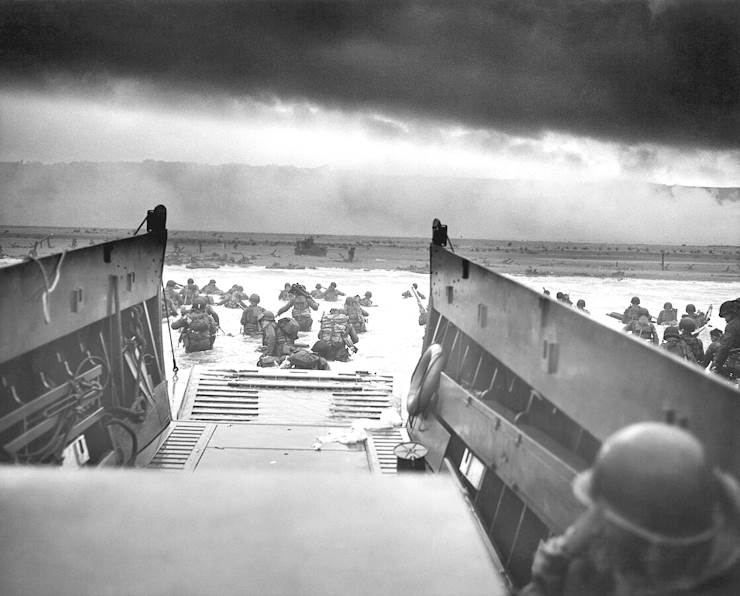
On D-Day 6th June 1944, as Allied soldiers came ashore in Normandy, the Allied air force continued to play a crucial role in assisting the armed forces on the ground. The bombers made important hits on targets and with their air superiority ensured by previous months of bombing campaigns, the squadrons made an enormous and effective contribution to events on the ground.
This included on 9th June, a bombing campaign which collapsed a railway tunnel near Saumur, effectively isolating the German armoured division which was attempting to reach the battle to reinforce their men.
Other campaigns however proved less successful such as that in Caen which saw heavy casualties and widespread destruction as a result of Allied bombing.
In the end however, D-Day was a success, in large part thanks to the contribution made by the air forces over the previous months who had stifled Germany’s air capabilities and targeted strategic infrastructure locations, ensuring that Nazi Germany was on the back foot when Allied troops arrived on the beaches at Normandy.
Operation Pointblank was one of many valuable military stratagems contributing to the overall success of D-Day and its wider objective of liberating Europe.
Jessica Brain is a freelance writer specialising in history. Based in Kent and a lover of all things historical.
Published: 4th June 2024



